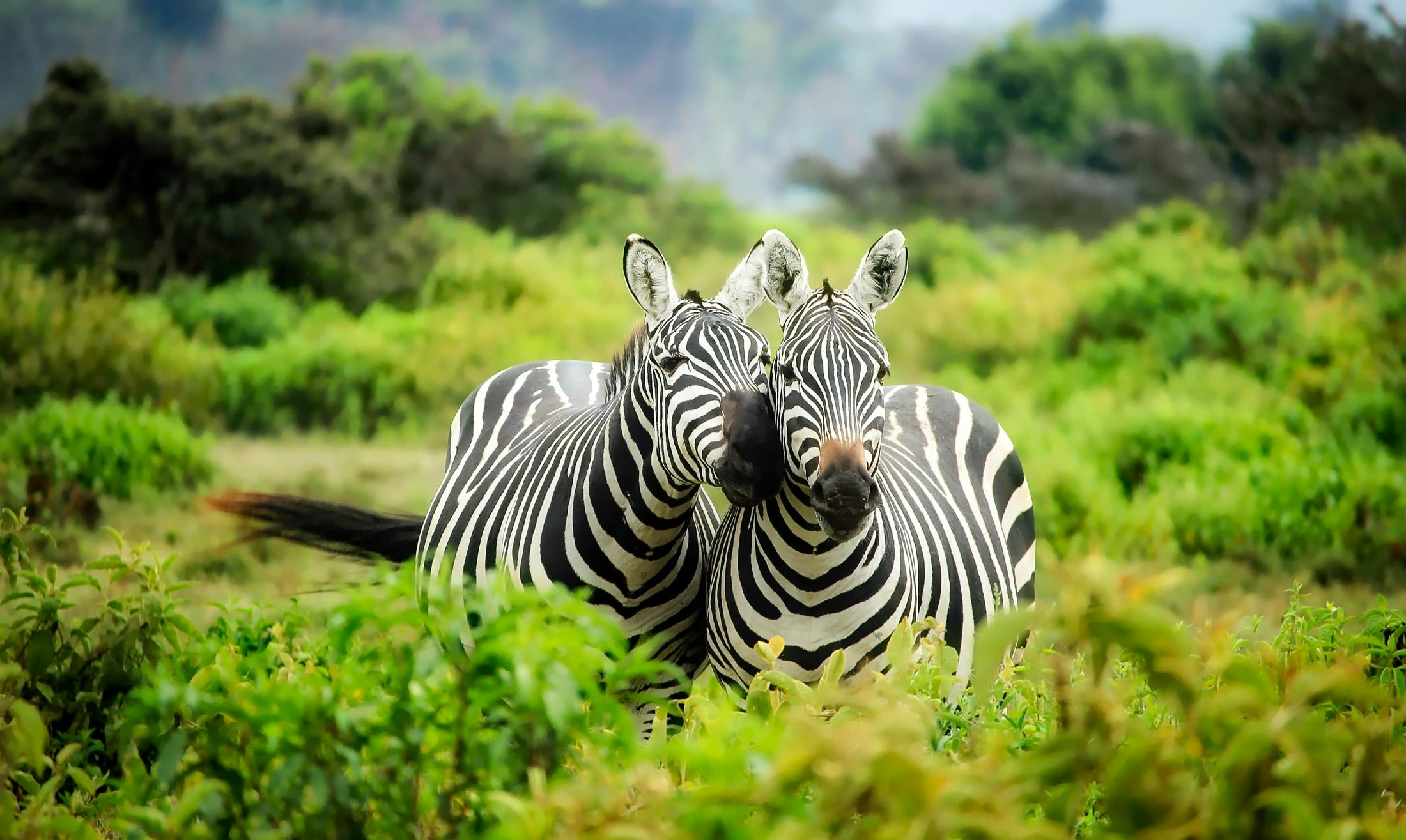Wildlife conservation is a critical issue in today's world as human activities continue to encroach on natural habitats and threaten the existence of many species. One of the primary threats to wildlife is habitat conversion, which occurs when natural habitats are transformed for human use, such as agriculture, urban development, or logging.
The impact of wildlife conversion is significant, as it not only destroys the homes of animals but also disrupts ecosystems and the delicate balance of nature. As a result, many species are unable to adapt to these changes and face the risk of extinction.
So, what can we do to protect wildlife from conversion? Here are a few important steps we can take:
- Protect and Preserve Natural Habitats: One of the most effective ways to protect wildlife from conversion is to safeguard their natural habitats. This can be achieved through the establishment of wildlife reserves, national parks, and protected areas, where human activities are strictly regulated to minimize the impact on wildlife and their habitats.
- Sustainable Land Use Practices: Encouraging and implementing sustainable land use practices is crucial in minimizing the conversion of natural habitats for human use. This can include promoting organic farming methods, reforestation efforts, and responsible urban planning to ensure that wildlife habitats are not destroyed.
- Conservation Education and Awareness: Educating the public about the importance of wildlife conservation and the impact of habitat conversion is essential in fostering a culture of conservation. By raising awareness about the value of biodiversity and the need to protect natural habitats, we can inspire individuals and communities to take action to safeguard wildlife.
- Collaboration and Partnership: Cooperation between governments, conservation organizations, and local communities is vital in addressing the challenges of wildlife conversion. By working together, we can develop and implement effective strategies for protecting wildlife and their habitats.
- Policies and Legislation: Governments play a critical role in protecting wildlife from conversion by enacting and enforcing legislation to safeguard natural habitats. By implementing laws and regulations that prioritize wildlife conservation and sustainable land use, we can mitigate the impacts of habitat conversion.
In conclusion, wildlife conversion is a significant threat to the survival of many species, and it requires concerted efforts to address it. By protecting and preserving natural habitats, promoting sustainable land use practices, raising awareness, fostering collaboration, and enacting effective policies, we can work towards the conservation of wildlife and ensure a sustainable future for all living creatures. Protecting wildlife and their habitats is not just a moral imperative, but also essential for the health of our planet and the well-being of future generations.







Leave a Reply